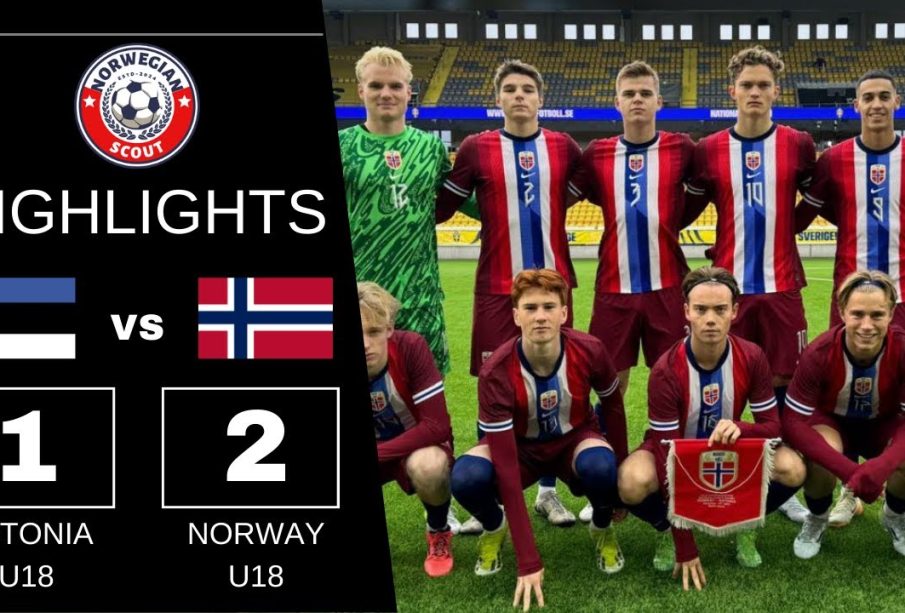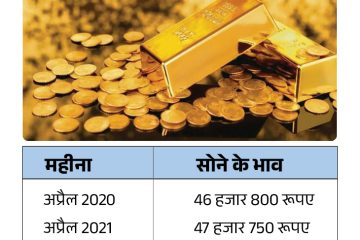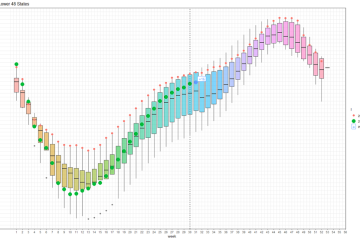A Comparative Analysis of Estonia and Norway

Introduction
As countries in Northern Europe, Estonia and Norway present unique contrasts and comparisons that intrigue scholars, travelers, and policymakers alike. Both nations are known for their stunning landscapes, historical significance, and advanced economies. However, their approaches to governance, cultural heritage, and social policies depict a diverse picture. This comparative analysis sheds light on the fundamental differences and similarities between Estonia and Norway, underscoring the relevance of such comparisons in a globalized world.
Geography and Demographics
Estonia, located on the eastern edge of the Baltic Sea, is a small nation with a population of approximately 1.3 million people. It is bordered by the Gulf of Finland to the north and Latvia to the south. In contrast, Norway, known for its rugged coastline and fjords, boasts a population of about 5.4 million and is positioned on the Scandinavian Peninsula. The geographical differences significantly influence each country’s culture and lifestyle, with Estonia exhibiting a mix of Baltic and Scandinavian influences, while Norway retains a distinct Nordic identity.
Economic Overview
Both countries have shown impressive economic resilience, yet they adopt different economic models. Norway benefits from an abundance of natural resources, especially oil and gas, making it one of the wealthiest countries in the world per capita. The Norwegian government has utilized its oil wealth to develop a robust welfare state and maintain a high standard of living. On the other hand, Estonia, a member of the European Union since 2004, has transitioned from a post-Soviet economy to one of Europe’s most dynamic and innovative, particularly in areas like technology and e-governance. Its entrepreneurial environment is fostered by low taxes and supportive government policies.
Social Policies and Culture
Norway is widely recognized for its extensive social safety nets, including universal healthcare and free education, resulting in a high Human Development Index (HDI) rating. Meanwhile, Estonia, while also progressive, offers a more market-oriented approach, reflecting its entrepreneurial mindset. Culturally, both nations cherish their rich history and traditions. Estonia is renowned for its traditional folk songs and festivals, while Norway celebrates its Viking heritage and winter sports.
Conclusion
The comparison between Estonia and Norway reveals more than just geographical and economic differences; it highlights the distinct paths each country has taken to forge its identity. As Estonia continues to embrace digital innovations and Norway balances its wealth with ecological responsibility, both nations offer valuable lessons in governance, culture, and economic resilience. For readers, understanding these differences enriches the appreciation of northern European nations and underscores the importance of context in global dialogues.









